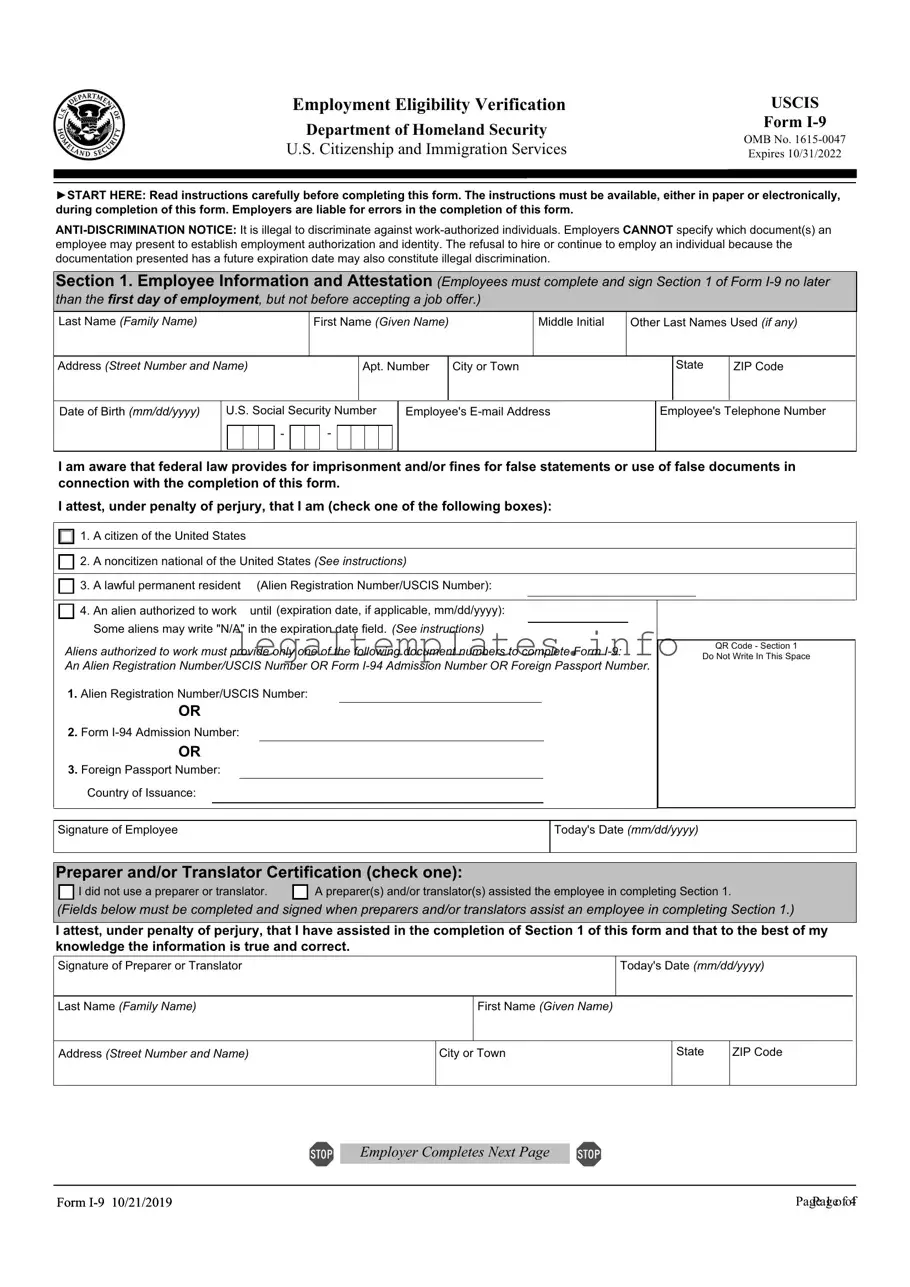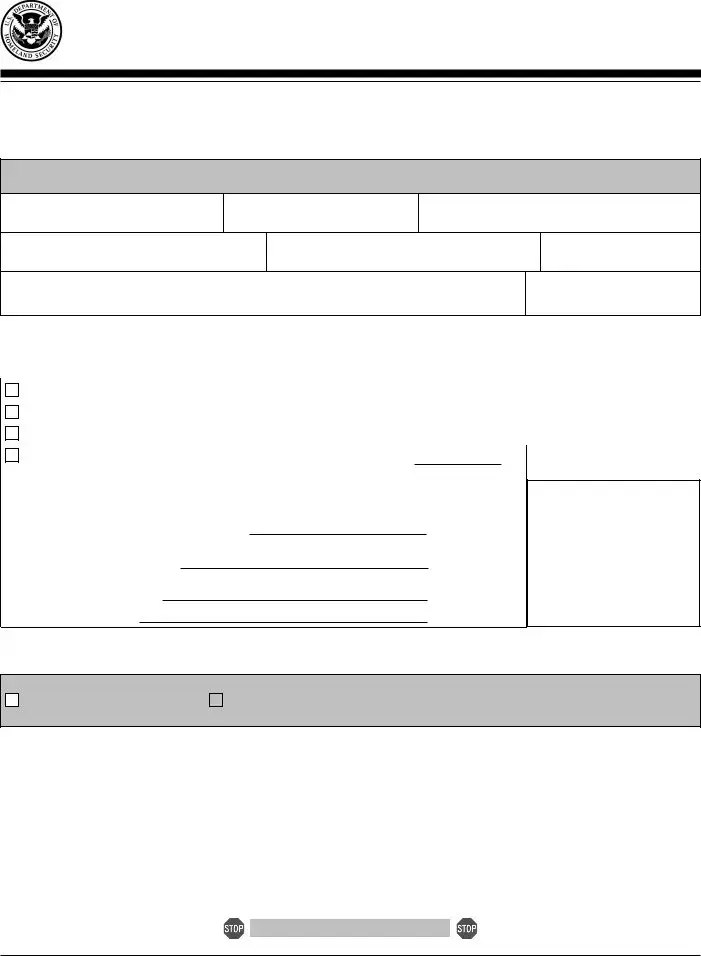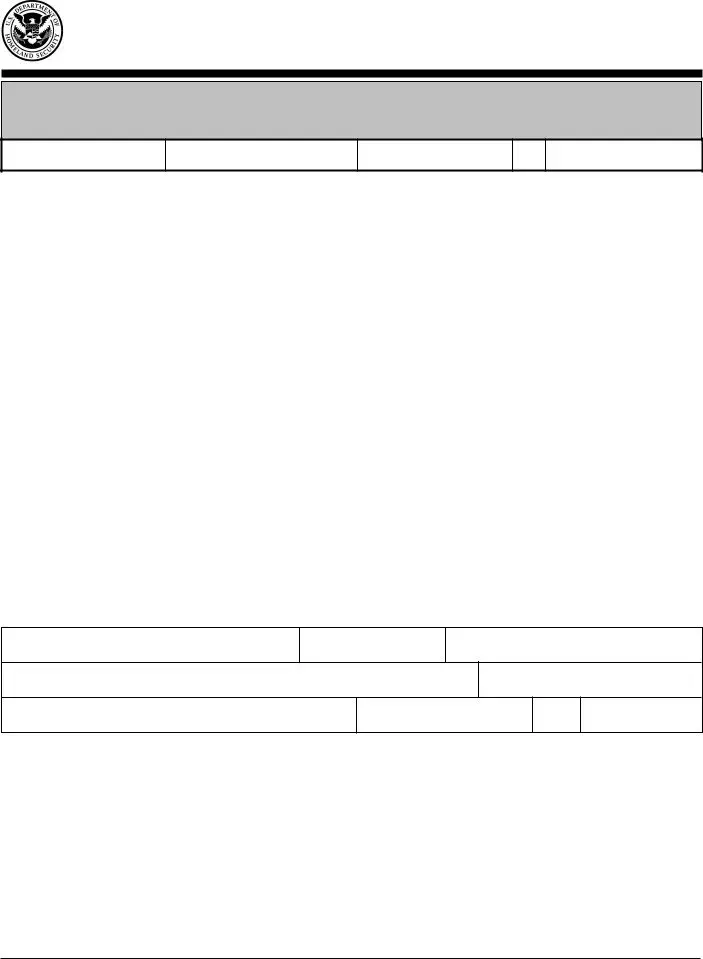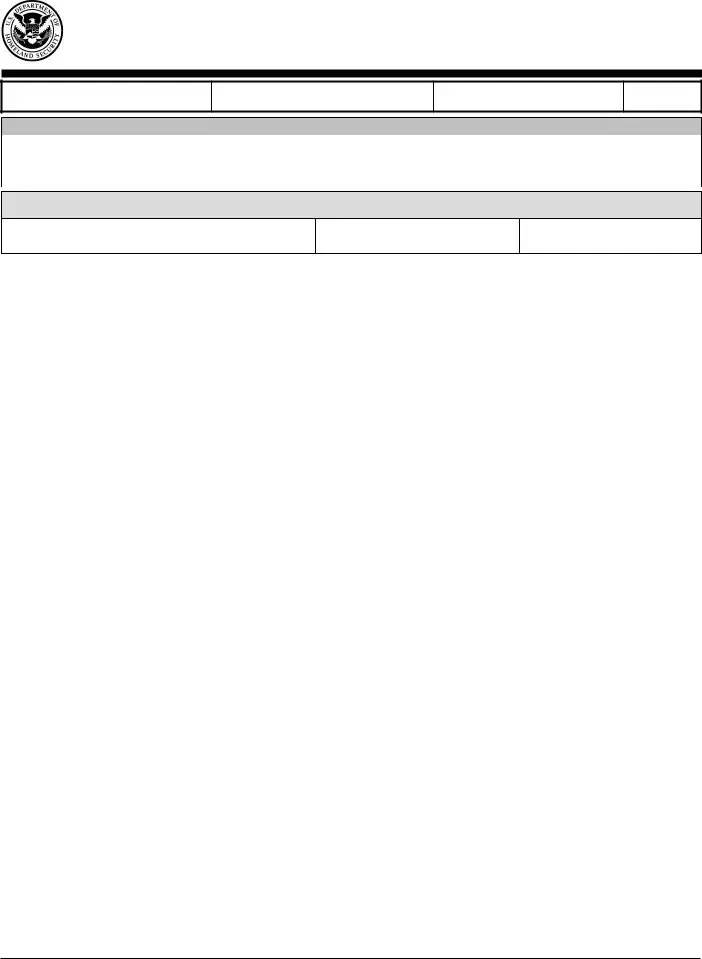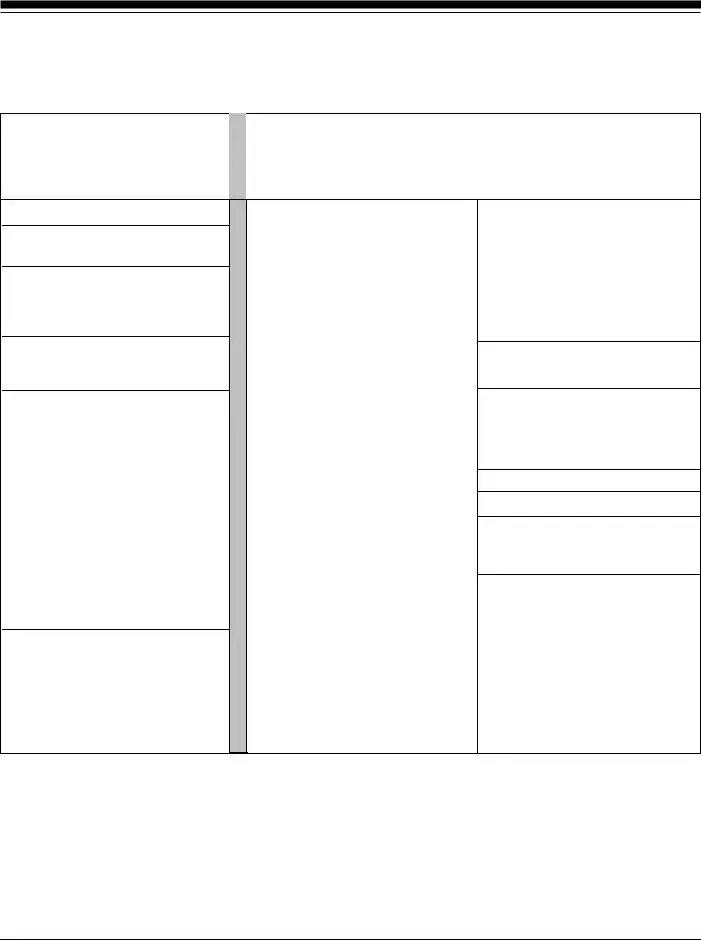The USCIS I-9 form is akin to the W-4 form employed by employers for tax purposes. Both documents are essential at the start of employment, with the I-9 verifying an employee's eligibility to work in the United States and the W-4 determining the amount of taxes to be withheld from an employee's paycheck. These forms require personal information, including social security numbers, but serve different functions, one for employment eligibility and the other for tax purposes.
Similarly, the W-9 form shares commonalities with the I-9 form, as it is also used in the employment context. The W-9 is requested by businesses or individuals who hire freelancers, independent contractors, or other non-employees to obtain their taxpayer identification number (TIN) or social security number. This ensures compliance with tax reporting requirements, mirroring the I-9’s role in employment eligibility verification.
The USCIS Form I-765, Application for Employment Authorization, similarly gathers information to ascertain eligibility, but for a different purpose. While the I-9 form determines if individuals are allowed to work in the United States, the I-765 is specifically for those seeking authorization to work legally in the U.S. who are not citizens or permanent residents, such as asylum seekers or students on an F-1 visa wishing to work while studying.
Another document, the DS-160, Online Nonimmigrant Visa Application, is used by individuals applying for a temporary visa to travel to the United States. It collects personal information, employment history, and reasons for travel, much like the I-9 collects personal and employment eligibility information. Both forms are integral to U.S. immigration and employment regulations, although the DS-160 is geared toward entry into the country, and the I-9 towards employment verification post-entry.
The passport application form is similar to the I-9 in that it requires applicants to prove their identity and citizenship, albeit for the purpose of international travel. The I-9 requires similar documentation not for travel, but to verify the employee’s eligibility to work within the United States. Both forms play crucial roles in validating identity and legal status for their respective purposes.
The Employment Eligibility Verification Form for the state of Colorado mirrors the federal I-9 form, focusing specifically on employment within Colorado. Both forms are designed to verify an employee's legal right to work, but the Colorado form applies state-specific requirements in addition to federal laws. This demonstrates how state and federal employment verification requirements can complement each other.
The E-Verify system closely relates to the I-9 form as it electronically confirms an employee's eligibility to work in the United States. Operated by the Department of Homeland Security in partnership with the Social Security Administration, E-Verify cross-references information from an employee's I-9 form with federal databases to ensure they are authorized to work in the U.S. While the I-9 is a paper-based process, E-Verify adds a layer of electronic verification to the employment eligibility process.
Lastly, the Social Security card application process, while not a direct employment form like the I-9, is essential for employment in the U.S. It requires proof of age, identity, and citizenship or lawful immigration status, much like the I-9. This card is often used as a document for the I-9 form to establish both identity and eligibility to work, highlighting a procedural intersection between the Social Security Administration and employment eligibility requirements.
